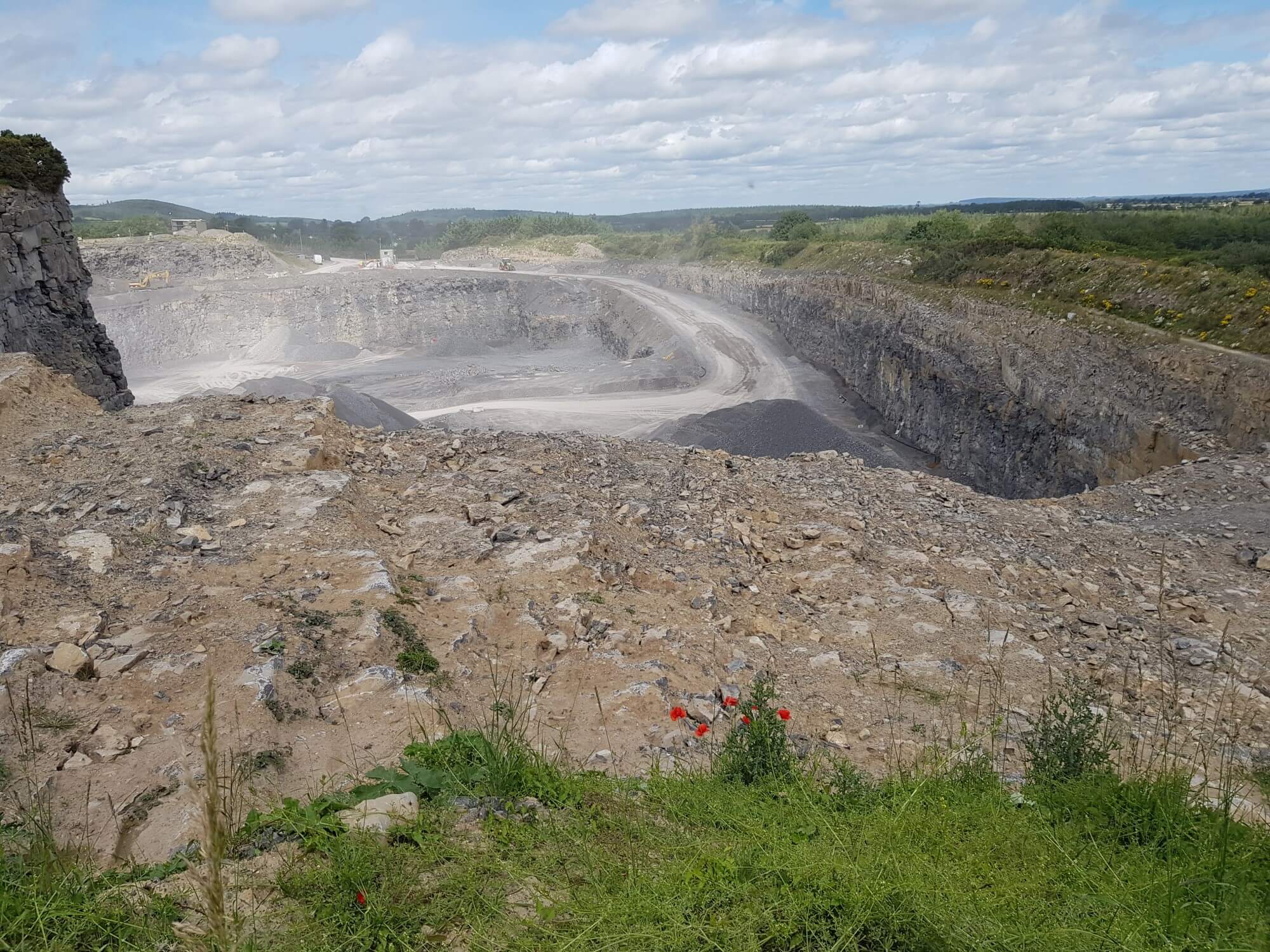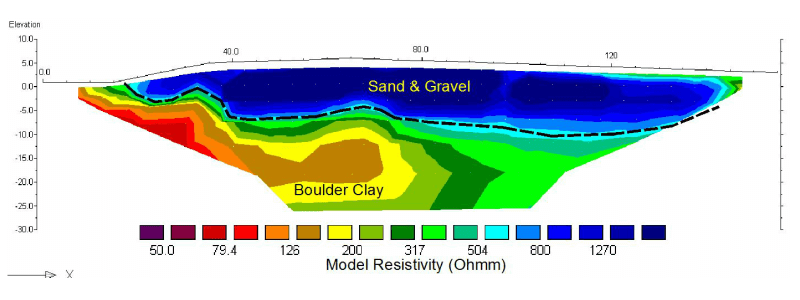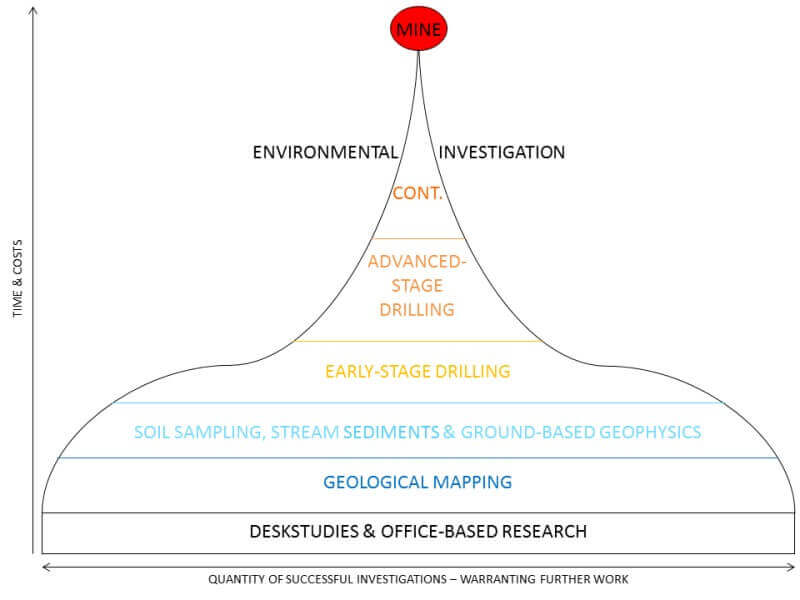Aggregates & Minerals Exploration
If you are looking to buy or lease new land for aggregates or mineral extraction, a non-destructive non-intrusive preliminary survey is an excellent starting point to make a purchase decision and negotiate costs with the current landowner.
Geophysical surveys are a fast and efficient tool for assessing the aggregate and mineral resource potential of a site, and identify specific areas for geotechnical exploration.

Minerex Geophysics primary exploration work is in the aggregates industry. We work with quarrying firms to assess their sites for:
- Extent, Depth, Volume and Resource/Tonnage Weight Calculation of deposits for commercial viability
- Overburden thickness and depth to extractable rock
- Rock types and quality
- Examination of subsurface faults, fracture lines and Karst zones
- Determine Continuity of rock type/presence of discontinuities
- Groundwater resources and conditions
- Slope stability for access design
- Sand & Gravel Volume and Tonnage
Geophysical Responses
By measuring and examining regional geophysical and satellite data, then creating reports on target areas, a geophysical survey can investigate the commercial viability of an undeveloped site, or the extension potential of an old site – without the need to mobilise ground crews and heavy plant at a preliminary stage.
When a mineral or commercial aggregate deposit is found, there can be a flurry of excitement – but before any mining works can start a detailed program of investigation and preliminary works is essential.
A geophysical survey is a perfect starting point to plan a drilling schedule to extract samples from under the ground. Data sets from geophysics and drilling activities are then combined to produce more detailed maps and diagrams to inform development of the extraction plan.

This method of preliminary investigation and staged mobilisation helps to create and maintain more accurate budgets and schedules, reducing the risks and costs of engineering projects.
A geophysical survey can provide significant benefits to almost any site investigation – and Minerex Geophysics can get a team on site almost anywhere in Ireland, and a clear actionable report produced with a surprisingly fast turnaround time.
Effective Exploration Programmes
This pyramid diagram shows the typical progress of an exploration programme.
Thousands of mineral prospecting licenses have been issued in Ireland, but most will not progress beyond the environmental investigation stage, because many promising finds turn out to be unsuitable for long-term commercial exploitation.

Mining and Aggregate Quarrying
Minerex Geophysics have worked at mining and aggregate quarrying sites across Ireland, and have a deep understanding of the types of issues faced by mining, construction and engineering companies at these types of sites, including:
- Safety
- Commercial viability of the site, with estimates of volume and tonnage
- End-of-life extension potential
- Water contamination risks
- Environmental pollution risks
We Can Help
Bringing Minerex Geophysics on board as your trusted geophysical consultants early in any new planning process can help you build up a better picture of exactly what is going on at and below your project site – saving your company from wasting time, labour, cash and plant resources.
- Does your site have potential for long-term commercial extraction?
- A geophysical survey can help you assess the deposit, decide on a plan of action, and create your programme of works.
- Talk with our Engineering team to find out more.
